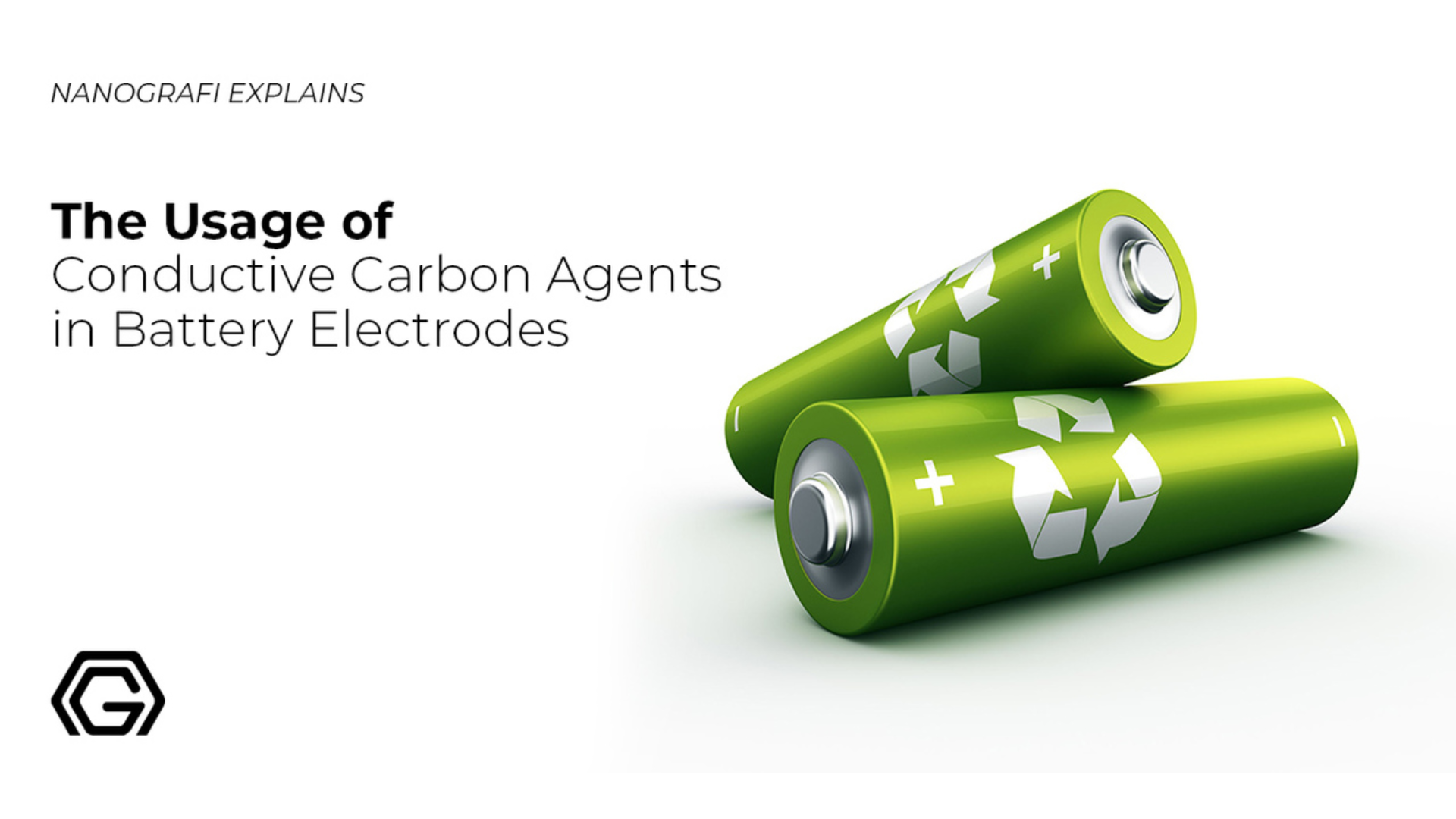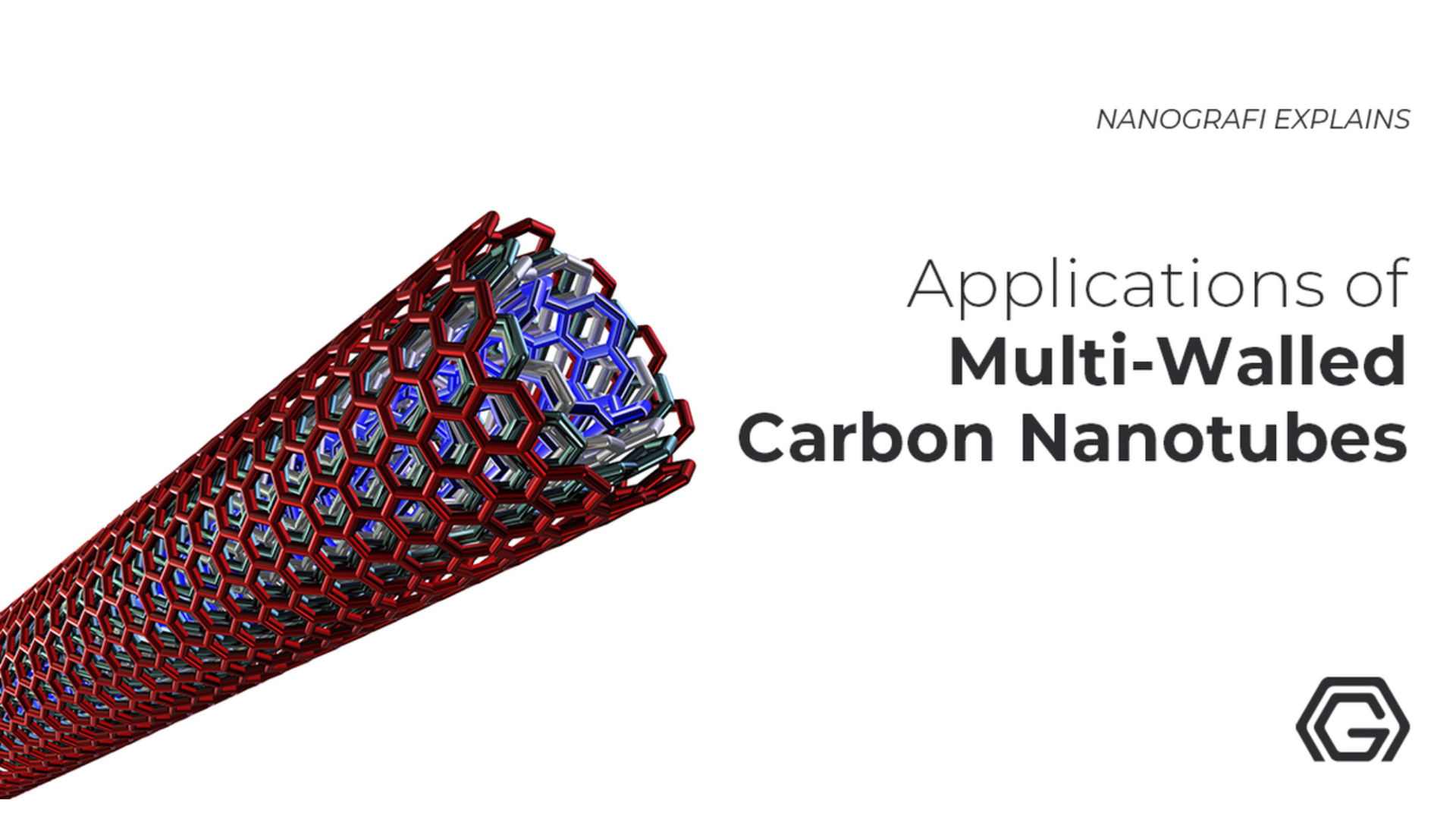C-NERGY Super C65 Conductive Carbon Black
The newly developed C65 carbon black is a highly specialized product of modern-day engineering technologies. The C65 offers remarkable conductivity along with other numerous advantages. Its most special use is in the lithium-ion battery. It significantly enhances the efficiency, productivity, life, and performance of the lithium-ion battery.
Introduction
The use of carbon black as additives is not a new development. The use of the carbon black was started about a hundred years ago when it was used as a reinforcing agent, and the rest is history. Now, carbon black has proved itself as the most effective and reliable reinforcing agent in tires and several other types of rubber products. Today, almost 30% of rubber products contain carbon black fillers. It has a unique structure, and the structural grouping or aggregates of the carbon black increase the conductive quality of the super C65. This high conductivity rate makes C65 the most coveted material for the use in the lithium-ion battery.
Electro Conductive Carbon Black Production
The super C65 is a conductive carbon black powder that is more efficient and effective than the simple carbon black. It is an improved version of the carbon black and super P carbon black. Super C65 is extremely popular for meeting the highest standards of purity, and the purpose of its development revolves around increasing the efficiency of the lithium-ion battery. C65 provides super electrical conductivity to battery electrodes ranging from low to very high loading. It is prepared from simple carbon black that itself has extraordinary qualities that are exploited at industrial and commercial level.
Carbon black is composed of spherical particles. It exhibits predominant electrical properties, and its abundance and low cost make it the most widely used carbon filler. Carbon black is a fine black powder of extremely pure elemental carbon that has been commercially produced for over a hundred years. It is produced by two main methods, partial combustion or thermal decomposition of liquid or gaseous hydrocarbons. The processes are carried out under controlled conditions to produce carbon black in a variety of grades having different physical and chemical properties, colour, conductivity, structure, particle size, and surface area.
The discovery of carbon black reinforcing characteristics in 1904 revolutionized the use of carbon. The carbon particles of the carbon black are closely fused together because of the presence of covalent bonds resulting in the formation of aggregates. That is the reason carbon does not break into smaller pieces, even when it is exposed to material processing conditions. These grouping or aggregates of the carbon black increase the conductive quality of the super C65. This high conductivity rate makes C65 the most coveted material for use in the lithium-ion battery.
Furthermore, the size of the carbon black particles in some furnace carbon black grades is less than 20nm, and in thermal carbon black, the size increases up to a few hundred nanometers. The introduction of high surface area carbon black in an elastomer causes a high level of reinforcement, higher strength, high tensile strength, and high abrasion. This miraculous improvement in the properties of elastomers after the addition of carbon black has motivated researchers to more refine those reinforcement processes.
The commercial use of carbon black is not a new phenomenon. Carbon black as a reinforcing agent was first used in the 20th century. When it was used as a reinforcing filler in tires, it increased the life span of the tires by ten times. Since then, it has established itself as the most effective and reliable reinforcing agent in tires and several other types of rubber products. Today, almost 30% of rubber products contain carbon black fillers. The research has proved that the functional groups, present on the surface of the carbon filters, strengthen the rubber products. It also improves polymeric composites’ gas barrier characteristics. Carbon black is a very popular product that offers a lot of uses in several other applications in various commercial and consumer products. That is the prime reason that carbon black is present in numerous products of day to day use. Apart from working as a reinforcing agent in vehicle tires and rubber products of the automobile industry, other products that contain carbon black include coatings, plastics, paints, and inks.
Carbon black is produced as a by-product of partial oxidation, a process through which crude oil residues. The partial oxidation process always produces a gaseous mixture of CH4, H2, H2O, CO2, H2S, and CO that are formed from sulfurous compounds. Carbon black produces as an unwanted by-product, and its productivity increases as the molecular weight of the raw material increases. This carbon black is further processed to produce the super C65, which is one of the purest forms of carbon compounds.
To get more information about conductive carbon agents,
you can read our blog post here.
Physical and Chemical Characteristics of C65 Carbon Black
Structure
C65 carbon black is prepared from simple carbon, but its structure is not arranged as the structure of simple carbon. The discrete particles of carbon black cluster into groups or aggregates during the production process. Those aggregates or groups make the smallest units of the carbon black. This is the primary structure. The size of the primary particles, size and structure of the aggregates, and the surface area shape the primary structure. All these characteristics combine to define the overall properties of the carbon black such as absorption of ultraviolet light, electrical conductivity, density, adsorption properties, etc.
Surface
The size of the primary particles and surface area of carbon black is the main characteristics of the carbon black. It has been studied and observed that smaller particles have a greater surface area. Carbon black particles have a normal size between 10 and 100 nm while the surface area of those particles is between 20 and 1500 m2/g. In short, these small carbon black particles with high surface area exhibit higher viscosity and lower wettability, better absorb ultraviolet light, harder to disperse, high conductivity, and are darker.
Texture
The structure and size of the aggregates is another great characteristic of the carbon black. The volume of the carbon black spherical particles determines the size and complexity of the aggregate structure. The carbon black with complex aggregate structures offers viscosity and conductivity during low wettability and easy dispersion.
Surface Characteristics
The chemical surface composition is also another great characteristic. Its surface contains carboxylic and phenolic groups that have oxygen. Therefore, they can significantly affect chemical reactivity, electrical conductivity, catalytic characteristics, wettability, etc.
Why is Super C65 Preferred Over Other Forms of Carbon?
To increase the energy density of the lithium-ion battery depends on the development of new types of electrodes that have higher charge capacities. At the anode side, silicon is mostly used because it offers high charge capacity. However, it has poor cycling stability that makes the practical application very limited. Significant changes occur at silicon anodes because of alloying/dealloying with lithium. Those changes cause loss of electrical contact between silicon particles and the collector of current. This leads to increased internal degradation and resistance to the electrodes. Therefore, to improve the cycling stability and performance of the battery, non-stop passage of electrical pathways and stable solid electrolyte interphases were required. For this reason, conductive additives play a key role to increase the conductivity network of the silicon anodes. Carbon additives are preferred because they are non-toxic. Moreover, the carbon coating on anodes also modifies the solid electrolyte interphase’s morphology which significantly reduces the diffusion of lithium-ion. Different products of carbon have been reported to show better electrochemical performance than the batteries with pure silicon anodes. Among all of the carbon products, super 65 has offered more efficiency, stability, and performance to lithium-ion batteries. Therefore, super C65 is specially produced for use in lithium-ion batteries.
Characteristics of Super C65 Product and Their Benefits
1. High Purity
The total Fe content in the C65 carbon black is kept very low with less than five ppm and is therefore extremely pure products with a very negligible amount of impure metal content. This extreme pure form of carbon black remarkably increases the safety of the battery, lowers the rejection ratio, and makes it compatible with most electrolyte systems.
2. Easy Processability
The low surface area of the C65 carbon black particles make it well-suited for use in a lithium-ion battery processing environment. This characteristic is highly beneficial because it eliminates the need for additional pre-dispersing units and dispersing aid. It also makes high loading possible and also offer faster drying time.
3. High Electrical Conductivity
The C65 carbon black has high electrical conductivity, and the percolation threshold is attained with low dosage. These properties are useful to achieve high energy density, improved power density, and also less expensive because of lower dosage needs.
4. Good Compressibility
Maximum compressibility can be achieved through the addition of fine graphite particles which have high crystallinity and low spring back. These characteristics offer great advantages of high energy density, improved power density, and greater flexibility of the electrodes.
If you are interested in the applications of multi-walled carbon nanotubes,
you can read our blog post here.
Advantages of Using C65 Carbon Black in Lithium-Ion Battery
The C65 carbon black offers the following advantages if used in the lithium-ion battery.
- Increases battery safety
- Reduces the rejection ratio
- Compatibility with almost all types of electrolytes
- No additional pre-dispersing and dispersing aid is needed
- High loading is possible
- High energy density
- High power density
- Reduces cost because of lower dosage needs
- Better flexibility of the electrodes
- Faster drying time
- Lowest Fe impurity level
- High surface area
- Enhances battery performance
Conclusion
Super C65 is a highly efficient and effective carbon black powder that is most widely used in lithium-ion batteries. The carbon black gets produced as a by-product of the partial oxidation process. The partial oxidation process is a process that residue the crude oil. The Super C65 is a more refined and highly specialized material that also retains the fantastic characteristics of the carbon black along with its own particular characteristics. The commercial use of carbon black is not a new phenomenon. Carbon black as a reinforcing agent was first used in the 20th century. When it was used as a reinforcing filler in tires, it increased the life span of the tires by ten times. It is also extensively used in other products of day to day use such as coatings, paints, etc. However, the C65 carbon black is a special carbon product for use in lithium-ion batteries. It offers numerous advantages over other additives. It is observed to enhance the battery life as well as the performance of the lithium-ion battery. Moreover, it also reduces several costs while the purity levels remain miraculous. In fact, carbon black is the gift of nature that was made more advantageous by modern engineering technologies for the service of mankind.
To get more information, you can visit Blografi.
References
https://www.researchgate.net/publication/245108668_Development_of_carbon_conductive_additives_for_advanced_lithium_ion_batteries
https://www.sciencedirect.com/topics/chemical-engineering/carbon-black
https://www.msesupplies.com/products/super-c65-carbon-black-conductive-additive-for-lithium-ion-battery-cathode-and-anode-50g?variant=31262541709370
https://onlinelibrary.wiley.com/doi/abs/10.1002/ente.201900161
https://en.wikipedia.org/wiki/Electroconductive_carbon_black
Recent Posts
-
Reducing the Carbon Footprint of Nanomaterials
The production of nanomaterials is vital for numerous advanced applications, from healthcare to elec …26th Apr 2024 -
Nanocomposites in Food Packaging
The utilization of nanocomposites in food packaging represents a significant advancement in the fiel …19th Apr 2024 -
What is the Difference Between 7075 and 6061 Aluminum Alloy?
When comparing 7075 aluminum alloy to 6061 aluminum alloy, it's essential to understand their disti …5th Apr 2024







